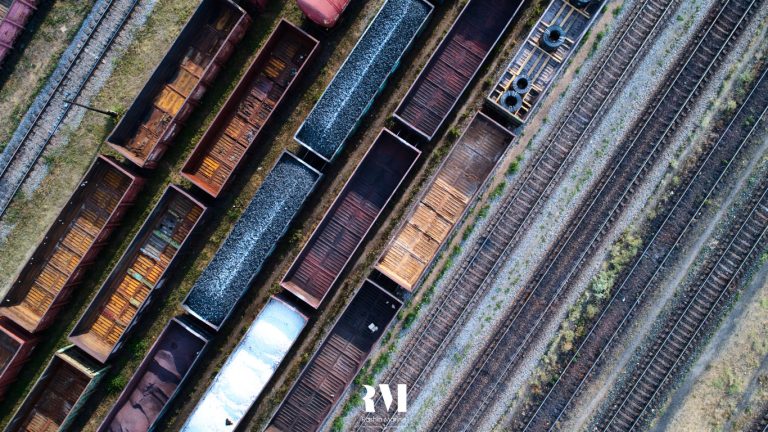
Rail transport is one of the transportation methods that has long played a significant role in the movement of goods and passengers. This method of transport is particularly important due to its high capacity, energy efficiency, and greater safety compared to other methods. In this article, we will examine various aspects of rail transport, including its history, types of trains, transport processes, and related laws and regulations.
Rail transport began with the invention of the railway and the locomotive in the early 19th century. The first rail lines were used for transporting coal in the mines of England. With technological advancements and the expansion of rail networks, this method of transport quickly became widespread around the world. Railways became one of the main and most important transportation networks, playing a vital role in the economic development of countries.
Trains are divided into various types, each designed for specific needs:
The rail transport process involves several stages, carried out as follows:
Rail transport is subject to various national and international laws and regulations aimed at ensuring the safety and efficiency of transport. Some of these laws include:
Rail transport faces several challenges and opportunities, some of which include:
Challenges:
Opportunities:
Rail transport, as one of the main methods of transport, plays a crucial role in facilitating trade and the movement of goods and passengers. Despite various challenges, there are many opportunities for the development and improvement of this industry. Adhering to laws and regulations, using new technologies, and developing infrastructure can help improve efficiency and reduce the costs of rail transport.

Rashin Marine (LLC), leveraging advanced technical knowledge and international experiences, has focused its activities on specialized maritime, road, and rail transport services. By concentrating on the broad and diverse needs of its customers, this company aims to capture a significant portion of the international transport market in regions such as the Persian Gulf, Asian ports, the southern Mediterranean, Latin America, and Africa through optimized logistical potentials
All material and intellectual property rights are reserved for Rashin Marine, and any unauthorized copying will be subject to legal action.